1. Chris Marker Tribute, Light Industry
Andy Warhol’s assertion that everyone will be famous for 15 minutes has created a lot of dead celebrities. Every day my news feed has at least one R.I.P. so and so. While many of these people deserve their tributes, it can become numbing, and sometimes the loss doesn’t register. When Chris Marker died, however, I felt it. The man was so guileless, so humble, and seemed like he would just be sitting in his corner of the world with his cat making work forever. Light Industry’s tribute showed that I wasn’t the only who felt it. The idea that this little theater was able to sell out from 10 am to midnight and get such amazing speakers to introduce the films showed just how great a figure he was.
2. Nine Scripts from a Nation at War – Andrea Geyer, Sharon Hayes, Ashley Hunt, Katya Sander, and David Thorne, MoMA
I don’t think this exhibition would be making my Top 10 if it hadn’t run for eight months. It’s just one of those pieces that’s so loaded and takes so much time that I needed all eight months to wander in and out. Every time I would visit MoMA this year I would go in and watch a little more of this; what it adds up to is one of the best reflections on the war in Iraq that anyone has produced. It takes scripts relating to the experience in Iraq by a citizen, blogger, correspondent, veteran, student, actor, interviewer, lawyer, detainee, and source, and stages them in various video installations creating a mammoth record of the conflict from the point of view of those who were there.
3. Best of Spectacle Program, Spectacle Theater
The Spectacle Theater in Williamsburg has the most consistently original program in the city, digging through the history of film and video and finding gems that are obscure to even the most dedicated cinephile. This year highlights included a long series on radical feminist films that included the beautiful Riddles of the Sphinx and an enlightening series on the Iranian New Wave.
Spectacle’s playful side is great too, with episodes of the bizarre show “Offshore Television” and “Video Roulette” nights, when the audience brings their best and weirdest videos and votes on what to watch. Spectacle is propping up an area of film that hasn’t had a home since Z Channel.
4. Game Plan – Alighiero Boetti, Museum of Modern Art / Kabul: City Number One – Adam Curtis, BBC Blog
I wasn’t initially blown away by this exhibit. It was my first time seeing Boetti’s work in person and there are a lot of different approaches here, leaving me a bit confused about Boetti as an artist. The sort of old world Pop Art rugs in MoMA’s foyer, coupled with the large steaming self-portrait sculpture in the garden, made him seem like a bit of a prankster, and I didn’t know whether to take him seriously. Upstairs focused more on Arte Povera and drawings he made based on random systems. It was good, but I didn’t feel like I came away understanding his work or life.
Then I read Adam Curtis blog post on the history of Kabul, which includes a bit on Boetti’s time spent living there, and suddenly those rugs took on a new cultural dimension. Those drawings took on a radical religious quality. That steaming head evoked an ex-pat in the desert whose head was about to explode. When I saw the show again, I was hit with the historical vertigo a survey like this provokes.
5. The Film Program at the Whitney Biennial
The Whitney Biennial may have not been an overwhelming success this year, but this is one thing they definitely got right. For too long, film in an art world context has been relegated to either a box on the floor with some cheap headphones or a room-size installation that you walk through on your way to the “real art.” By giving the film program its own floor for fixed-time presentation, and allowing the program to unravel with actual presentations week-by-week, the Whitney provided a model for biennials to follow from here on out. They recognized that film as a modern art has to be given its proper place today.
6. Jonas Mekas – My Mars Bar Movie, Anthology Film Archives
Jonas Mekas turned 90 this year and has released two new films. He’s spent the last decade working on projects that he didn’t have the time or space for while he was busy insuring the legacy of film. With My Mars Bar Movie, he creates a retrospective of his time spent in one of the last organic dives in New York City, while simultaneously creating an ode to that legendary old New York he helped create.
7. The Cage Effect Today, Hunter College
This is how you survey the influence of an artist: Through beautiful presentation that allows the work to breathe and a scholarly, thoughtful approach that improves both old and new work through context. “The Cage Effect Today” proved that we aren’t all necessarily Warholians now.
8. Ken Jacobs’s Occupy Wall Street Program, Anthology Film Archives
The night before the raid on Occupy Wall Streets Zuccotti Park encampment last year, Ken Jacobs showed “Seeking The Monkey King” for free to the protesters. It’s a piece made up of glowing foil filmed in bootleg 3-D while Jacobs goes on an extended rant against the powers that be. It’s one of the angriest tirades an artist has ever produced. The following night a military-style team descended on Zuccotti in full riot gear and tore down everything that had been built over the previous three months. They trampled journalists’ rights, fired sonic canons, trashed thousands of free-to-the-public books and possibly crushed the spirits of more than a few new activists. This year Anthology gave another screening of that film, along with a few others Jacobs made around and about Occupy. This time the experience was less inspiring and more cathartic.
9. Godard Politique Box Set, Gaumont Films
This box set collects all of Godard’s “Political” work, but more importantly it gives a long-awaited release to the films he made with Dziga Vertov Group. Some of these films have been available for a while; some are considered masterpieces; some are hated. As a series, though, the Dziga Vertov Group films have languished in obscurity for decades. They’re mostly considered a black hole in Godard’s filmography because traditional movie critics see them as the period when Godard lost his way. Now they’re available and the proper audience can take a look. Art world aficionados should embrace this work as the fine example of absurdist theater and collectivist collaboration that it is.
10. Skylar Fein, C24 Gallery
A best of list is supposed to be all good things; in that spirit, I’ll just say that I only liked one wall in this show, but that that one wall was good enough to make top honors this year. I wrestled with Fein’s work over the course of a month. I visited the show twice, I went to an evening Q&A with the artist. He seemed a bit juvenile, both in his ambitions and in his love of rebellious and conviction-filled martyrs and saints of politics. Then there was that one wall, of over-sized reproductions of communique between Samuel Beckett and other French rebels during World War 2, blown-up telegrams and unpacked matchboxes that look great on a wall and simultaneously rescued a piece of lost history. They were fascinating in their content and aesthetically gorgeous, and with this wall it seems Fein has found a way for himself. I hope he keeps it up.

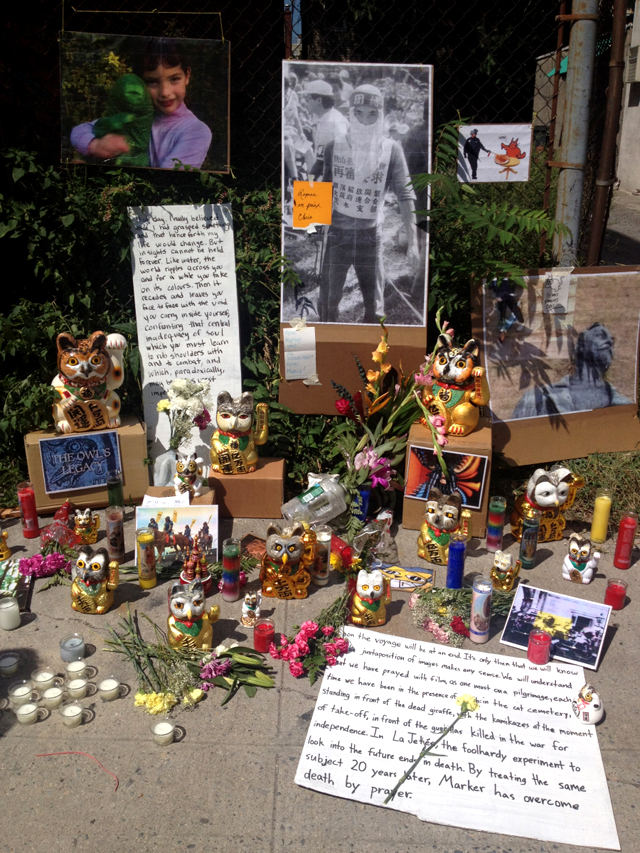
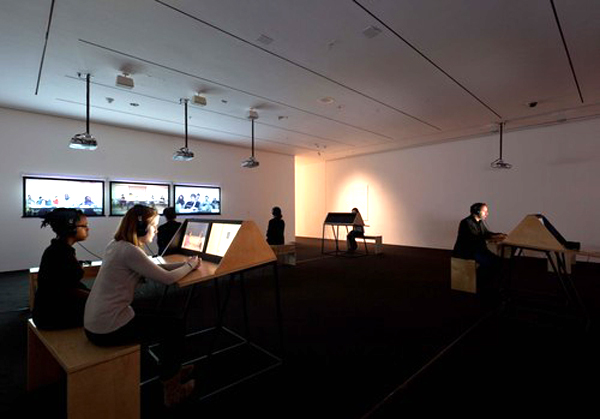
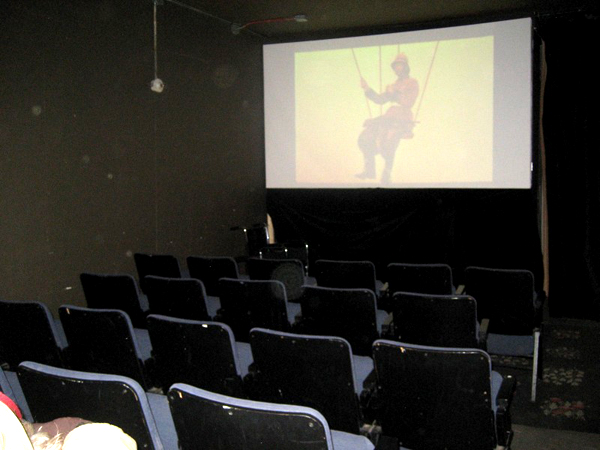

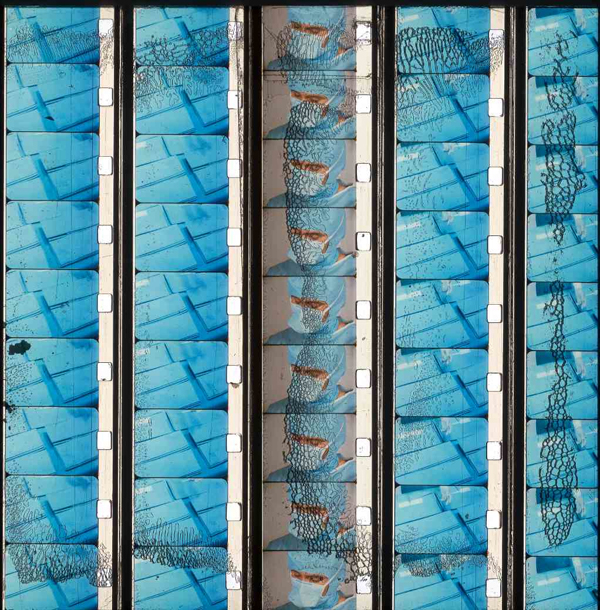


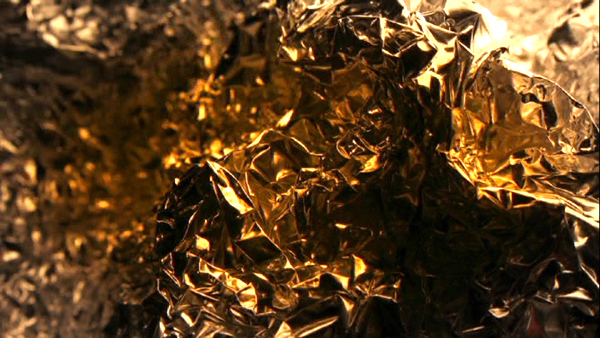
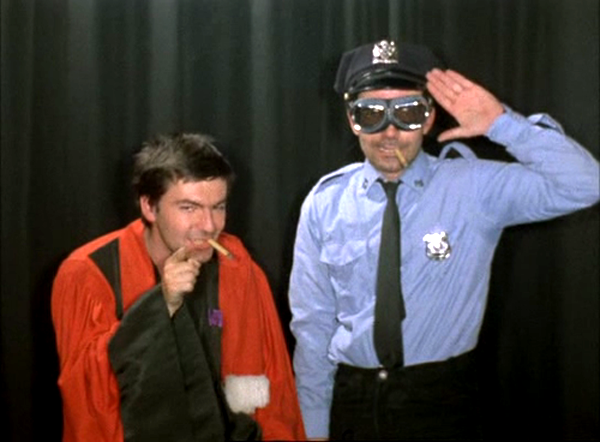


Comments on this entry are closed.